Park visit: June 21, 2018
Panorama looking up at the Gateway Arch from directly underneath
When I started planning my trip to visit friends in Texas and then the 2018 Highpointers’ Konvention in Arkansas, I knew I wanted to stop in Missouri. I had yet to get the state’s highpoint, Taum Sauk, and more importantly all I needed was Missouri so I could say that I had been to all 50 states. Yes, I had been to every other state, including Alaska and Hawaii, before making it to Missouri. Somehow I had just always… gone around it. And since I’d be going to Missouri I figured I’d try and make it to the St. Louis Arch. Much to my surprise, as I was researching it I found out that it had very recently (February of 2018) received a status bump. It used to be called the Jefferson National Expansion Memorial. It had been redesignated as Gateway Arch National Park, America’s 60th and newest national park (I’m writing this two years after the fact. We are now up to 62 national parks). Being a national park buff who wants to see all of them, it was now a must see. So I made reservations for my trip up the arch (it’s almost like buying a plane ticket) and hit the road.
As I rolled down Highway 70 through south western Illinois I started catching my first glimpses of the arch in the distance. It looked huge! It’s one of those landmarks you grow up seeing pictures of, like the Washington Monument or Mount Rushmore, but don’t appreciate the scope of until you see it in person. As I approached the Mississippi River, marking the border between Illinois and Missouri, I got out the GoPro…
And just like that, I had finished one of my life’s goals of visiting all 50 U.S. states. Some states I need to do more quality time in like Washington and Alabama, but yeah, list complete.
So now that I was officially in Missouri with a couple hours before my departure time for the arch, my attention shifted to more pressing matters; barbecue. I knew that on this trip I’d be going through some barbecue hot spots, namely St. Louis, Houston, and Memphis, and I wanted to try all of it. Part of the fun of traveling for me is trying the local cuisine. When I was researching top barbecue joints in St. Louis one name was always near the top of the list; Sugarfire Smoke House. The Sugarfire is a regional chain, and they have a location just four blocks from Gateway Arch NP at the corner of Washington Ave and North 6th St. Normally when visiting national parks there isn’t the luxury of having top rated restaurants within walking distance. So I parked across from it on Washington Ave. and went in.
Barbecue sampler at the Sugarfire Smoke House.
The interior is fairly cool looking with the sanitized charm you’d expect from a chain restaurant, with it’s giant “SUGARFIRE” neon sign and retro pleather chairs. The food is served cafeteria style with some colorful characters behind the counter. I couldn’t decide what to get so they talked me into a sampler plate. It consisted of ribs, brisket, and jalapeño sausage with sides of cheesy bacon tater tots and seasoned green beans and carrots, and cherry soda to wash it all down with. At each table is the requisite roll of paper towels and about five different bottle of barbecue sauce. It was all pretty good, but I gotta be honest, I wasn’t that impressed with the ribs. I’m used to ribs where the meat just falls off the bone, but these you almost had to put a little effort into. Thankfully there was all that sauce. I kind of hope they aren’t indicative of St. Louis style ribs. Maybe it was an off batch? I think my favorite part of it was actually the cheesy bacon tater tots. Those were tasty.
Now that my belly was full, I had the rest of the evening to explore the park before my reservation to go up the arch at 7:50. It’s not a large park. In fact, at a scant 192 acres it is the smallest of the 62 national parks. The second smallest national park, Hot Springs in Arkansas, is still almost thirty times larger than Gateway Arch.
My first stop was the visitor center to check in and get my ticket for the arch.. This is apparently a brand new visitor center and is all underground and quite sprawling once you’re in it. The entrance faces the city and is below ground level. There are exhibits, gift shop, a museum (not open for business yet at the time of my visit due to construction), and the departure terminals for the arch tours. And from above ground you’d never know any of it was even there. Being a highpointer, I inquired with a ranger as to where the park’s highpoint was. He obviously said the arch, and then I had to explain that I meant the natural highpoint, not manmade. That would be at the Old Courthouse, visible from the visitor center just a few blocks away.
Courtroom where the Dred Scott trial was held
The Old Courthouse, nestled amongst the modern office buildings of the bustling city, is part of the park and open for self guided tours. It is of historical significance as this is where the famous Dred Scott trial was held, one of the events that paved the way toward the U.S. Civil War. You can view the courtroom where the trial was held.
After that I wandered through the grounds of the park. It’s a beautiful park, but make no mistake, this is a completely designed and landscaped urban park from one end to the other. The only natural feature is probably the Mississippi River which runs along the edge of the park. From everywhere in the park there are picturesque views of the arch.
South of the visitor center is historic Basilica of Saint Louis, King of France, a Catholic church which is open to visitors and still holds services. Another historic aspect of the park is that William Clark, of Lewis and Clark fame, had offices on the grounds of the park. The Lewis and Clark expedition with their Corp of Discovery departed just north of here in 1803.
The Gateway Arch from one of the park’s ponds.
Once I finished a circuit of the park, I made my way back to the visitor center to get ready for my trip up the arch. As I mentioned, it’s a little like going to the airport. You have your ticket for a certain time, you arrive early, go to your departure gate, and wait to be boarded. Your ticket is for either the north leg or the south leg, you have to pick ahead of time (but you can come down either way). There are stairs, but they are for emergency and maintenance purposes only. For me, the most interesting aspect of the arch is how you get to the top.
Each leg has a tram with eight compartments that bring passengers to the top. Each compartment is very small and cylindrical, seating five passengers each. The interiors remind me of what they thought ‘futuristic’ looked like back in the 60’s. These compartments are really tiny. I never had more than two other people in the compartment with me and even that was a little tight. It’s not an issue for me, but if you have any serious issues with claustrophobia, I would warn you that these compartments might be an problem. Another aspect of the tram is that because of the constantly changing angle on it’s way to the top, the eight compartments can’t be fixed to each other or to the drive system. The solution they came up with is that each compartment is allowed to swing independently, not unlike the seats on a ferris wheel. It’s not a crazy swinging, but you can feel them adjusting to the angle as you ascend. The whole thing is like a cross between an elevator and a ferris wheel, and takes four minutes to reach the top.
The tram stops just shy of the observation deck, with a short flight of stairs to go the rest of the way. The observation deck is roomier than you’d expect since it looks so thin from the ground, but still not huge. It has a noticeable curve to it as it goes over the apex of the arch. A cross section of the arch is a triangle with a flat top and pointing toward the ground. These means the walls slope away from you and that the windows not only give you stunning views to the east and west, but also acrophobia inducing views looking straight down 630 feet to the ground with nothing but air below you. I thought it was cool, but I could see if someone had a fear of heights it would probably freak them out. From the ground, these windows just look like tiny dark dashes on the side of the arch, barely visible.
Inside the observation deck
I chose the departure time I did based on the local sunset time, which was at 8:29 p.m. Since you’re allowed to stay in the observation deck as long as you want, I planned to get up there a little early and stay for sunset. It was pretty cool watching the sun go down and seeing the city slowly light up. There are views of the whole city, including downtown and Busch Stadium to the west, and the Mississippi and East St. Louis to the east. Once it was sufficiently dark, I hopped in the next tram going down. It only takes three minutes to descend.
I stopped by the gift shop to get my requisite fridge magnet and check out the displays. There are scale models of the arch and park, and a scale model of some of the tram cars. In the atrium there is a giant floor map of the lower 48 with major rivers of the east highlighted and the various routes taken by those early explorers who departed from the St. Louis area. From there I swung by the Old Courthouse again to see it lit up. Then it was back to the car to head towards Taum Sauk, the highest point in Missouri the next morning, and then on to Houston to visit friends.
The city of St. Louis just after sunset from the observation deck
Gateway Arch’s new found status as a national park has been controversial among park enthusiasts. They say that it should’ve stayed as a national monument and that its inclusion as a ‘Park’ cheapens the brand, a brand that includes such world renowned parks as Grand Canyon, Yosemite, and Yellowstone. My take is that while it certainly isn’t as grandiose as those other parks, I’m not going to complain about there being a new national park. I’ve been discovering that whether it’s a National Park, Monument, Historic Site, Battlefield, Seashore, etc, the park rangers and others who work in these areas refer to them all simply as ‘parks’. Despite the parks’ official designations they tend not categorize them the way casual visitors do, and I’ve slowly been adopting that mind set. There are 419 units in the National Park System, and 62 of those carry the designation of “National Park”. They’re all amazing and I try to enjoy each one for what it is, without comparing it to any other unit. Plus, there really are no set criteria for what a National Park should or shouldn’t be. Generally, the ‘Park’ designation is given through congressional legislation (signed off on by the president), and ‘Monuments‘ are by direct presidential decree through the Antiquities Act. ‘Monument’ in this case doesn’t necessarily mean a manmade structure. Devil’s Tower in Wyoming, for example, is also designated a National Monument. In fact, many National Parks start life as Monuments, including our newest one, White Sands National Park in New Mexico. So stop nitpicking over the official title of a park, and just get out there and enjoy them.
GATEWAY ARCH PHOTO GALLERY:
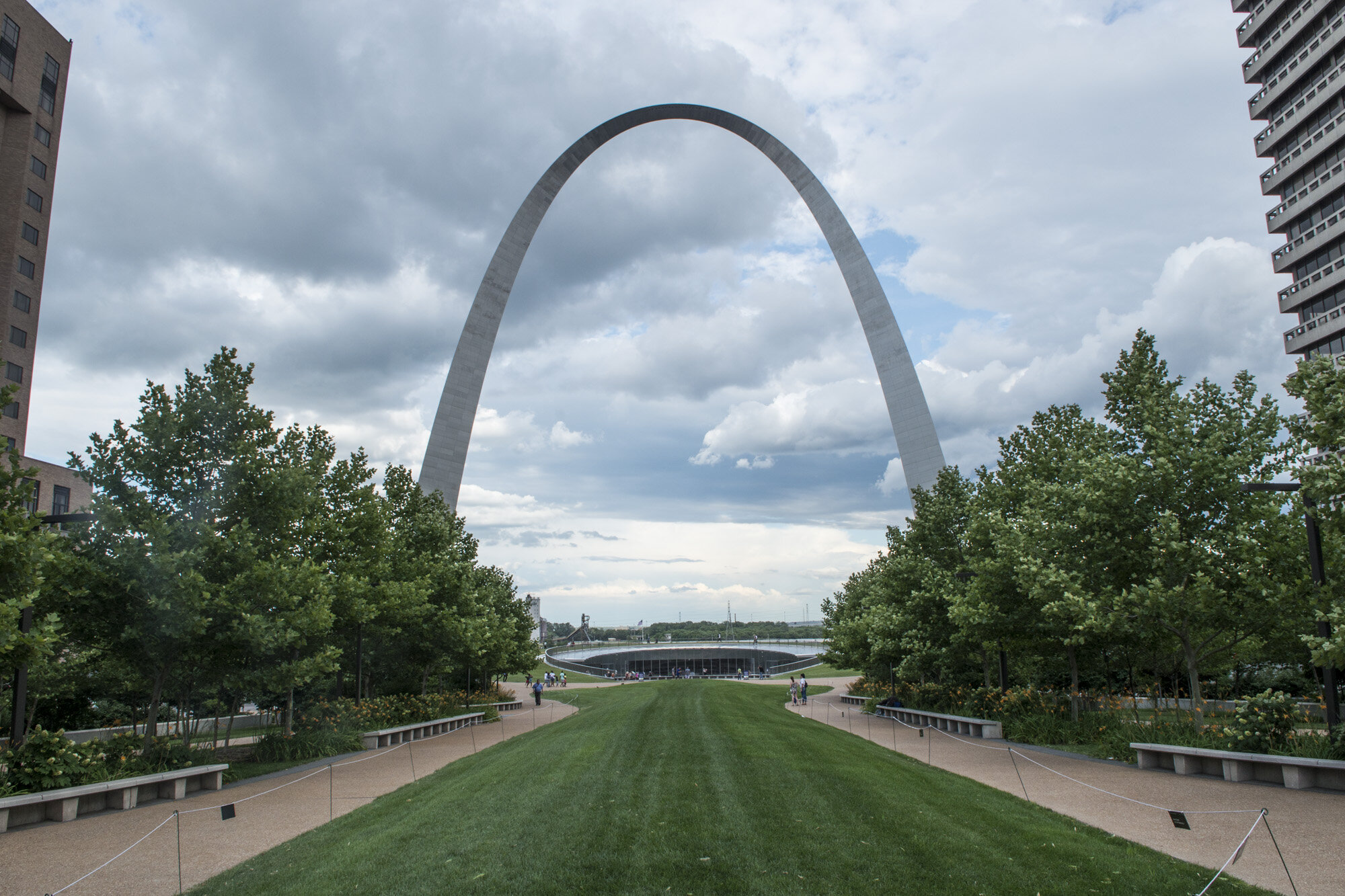

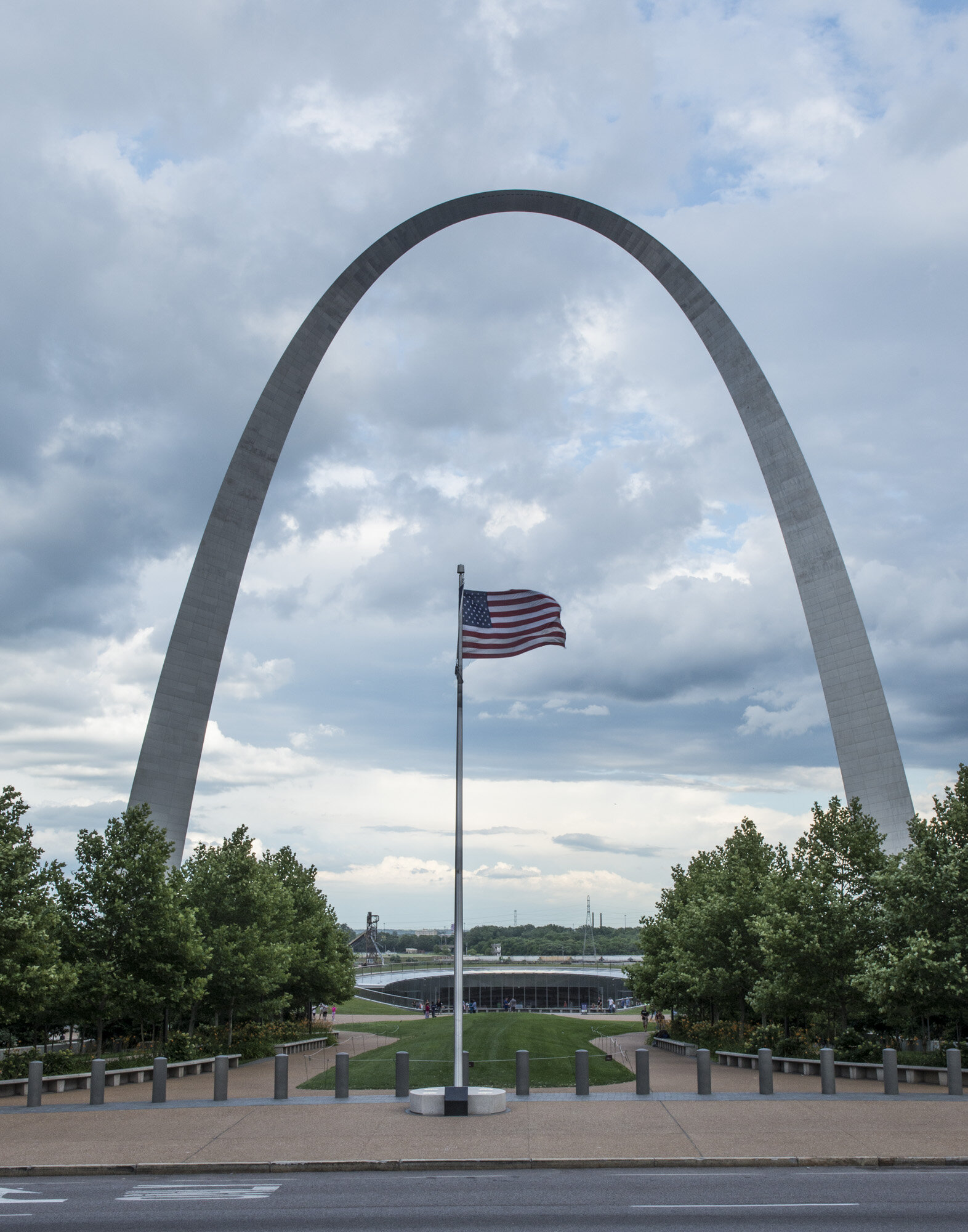
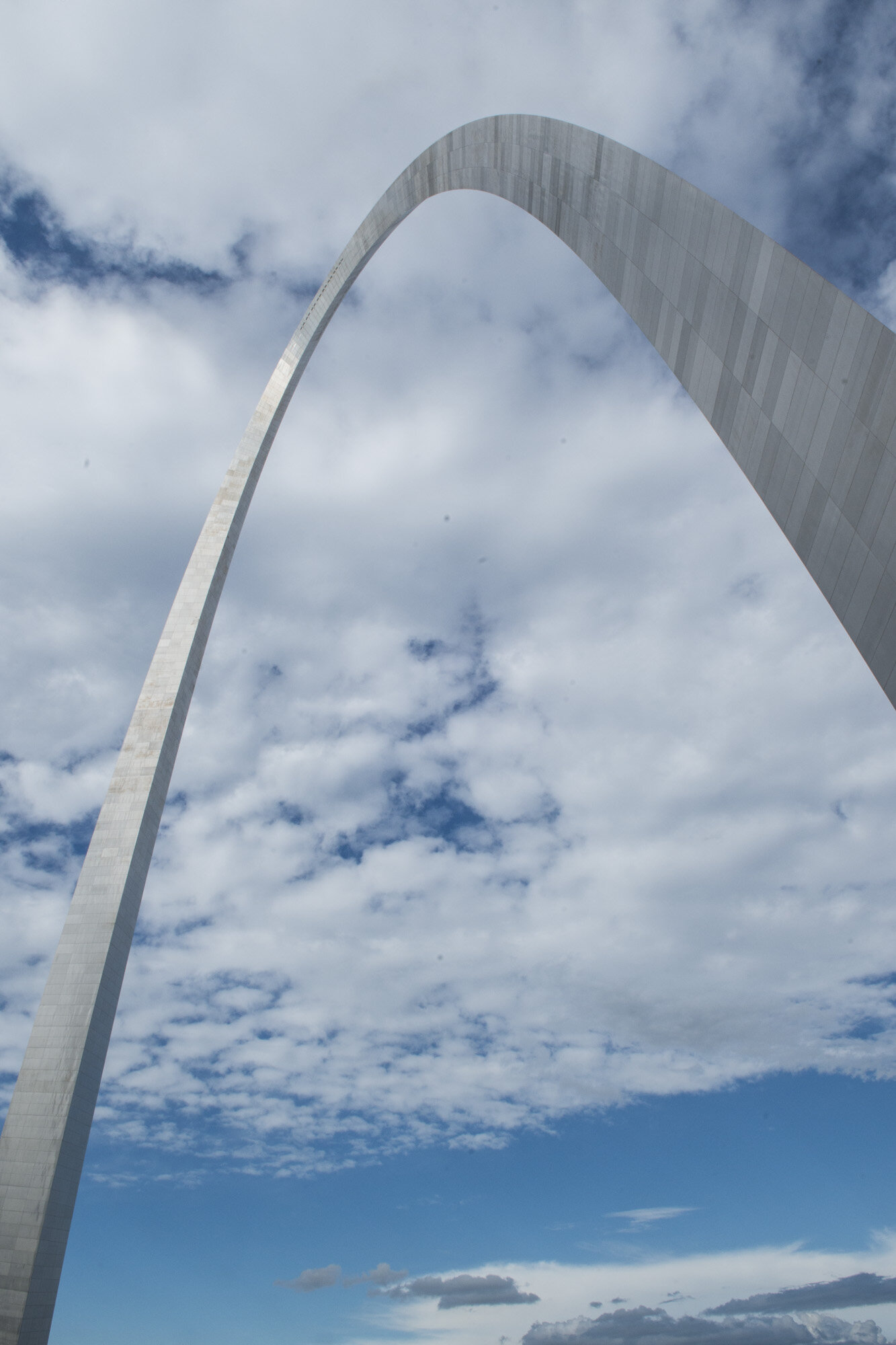


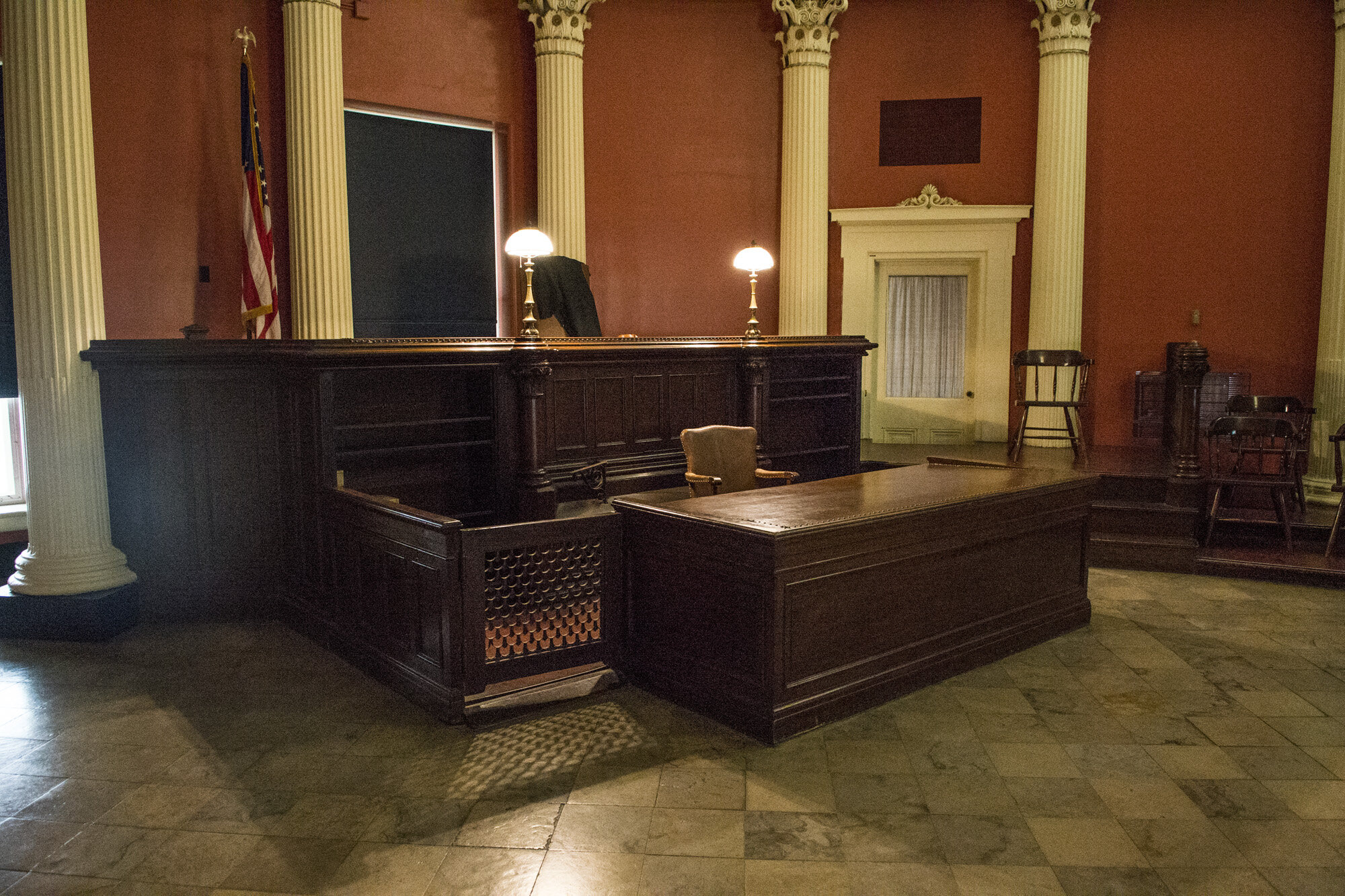
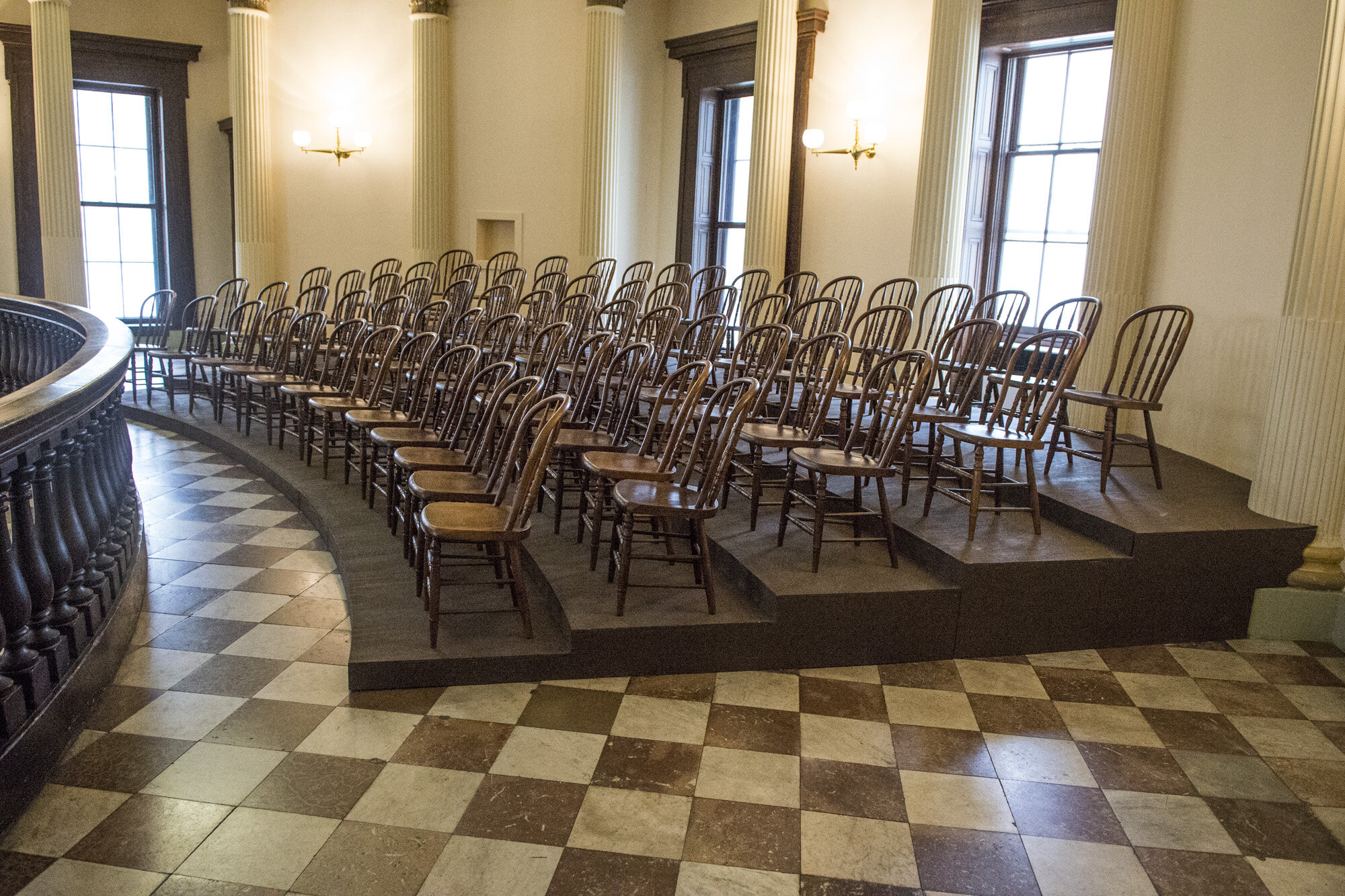


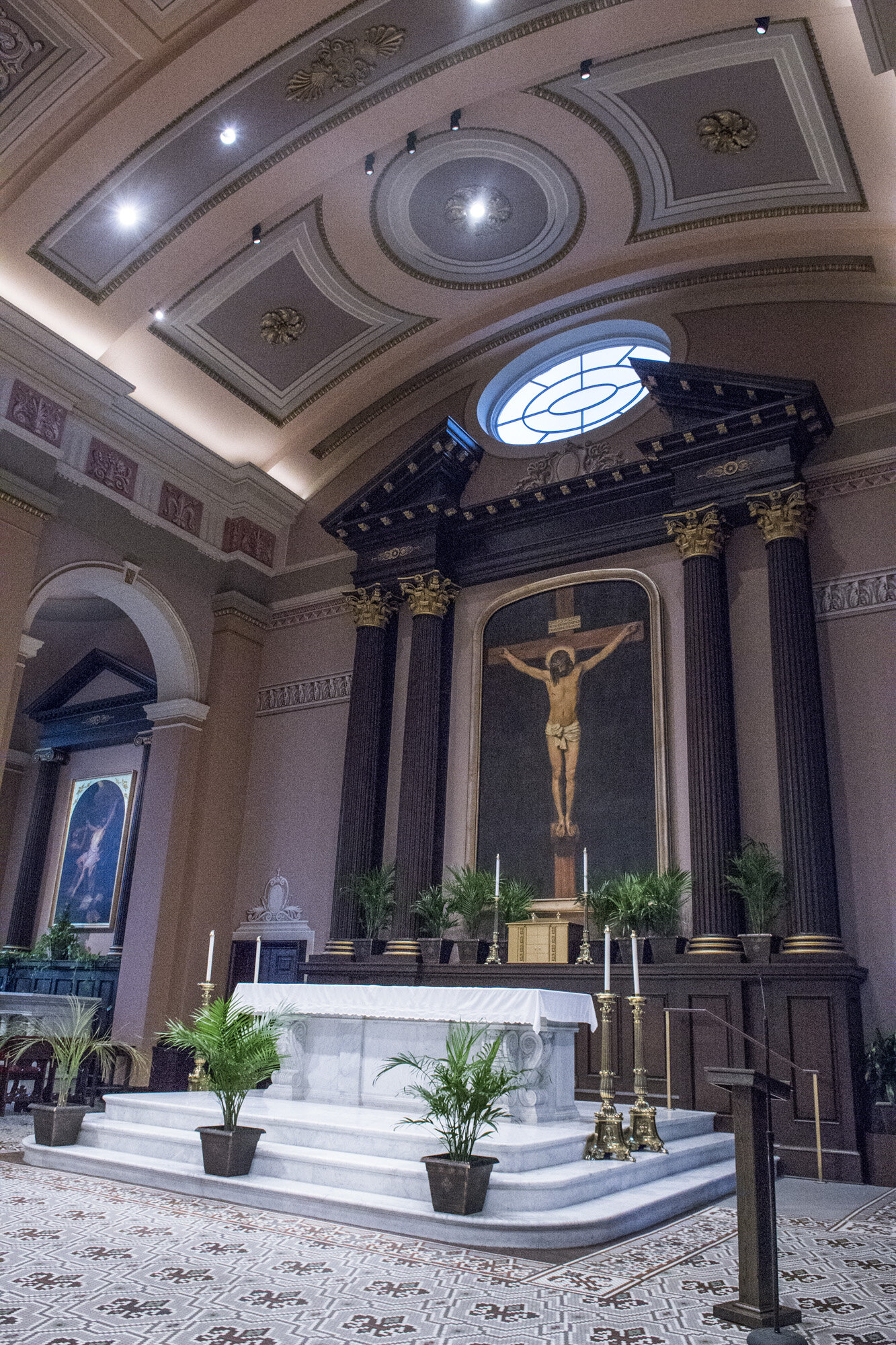
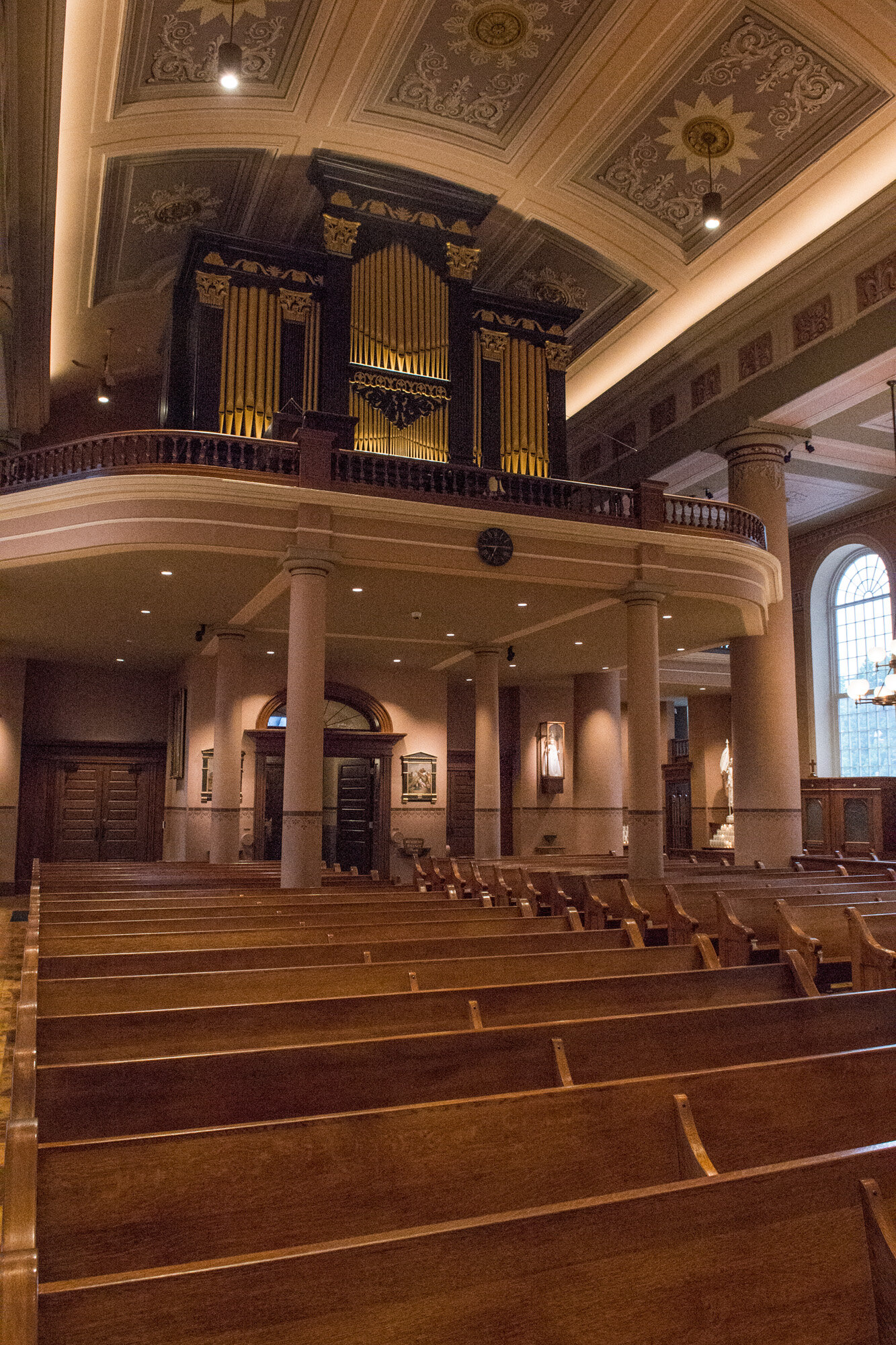

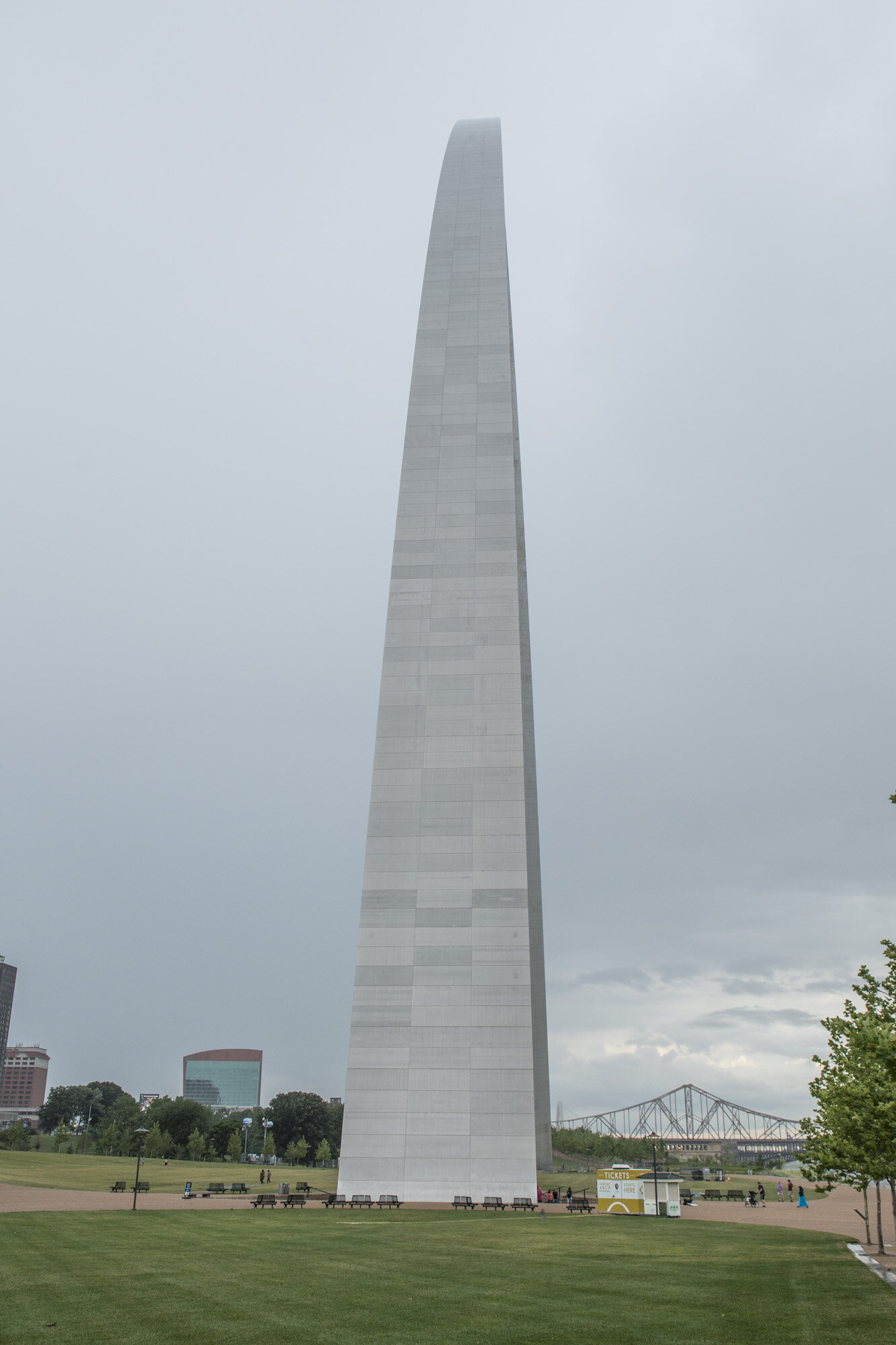
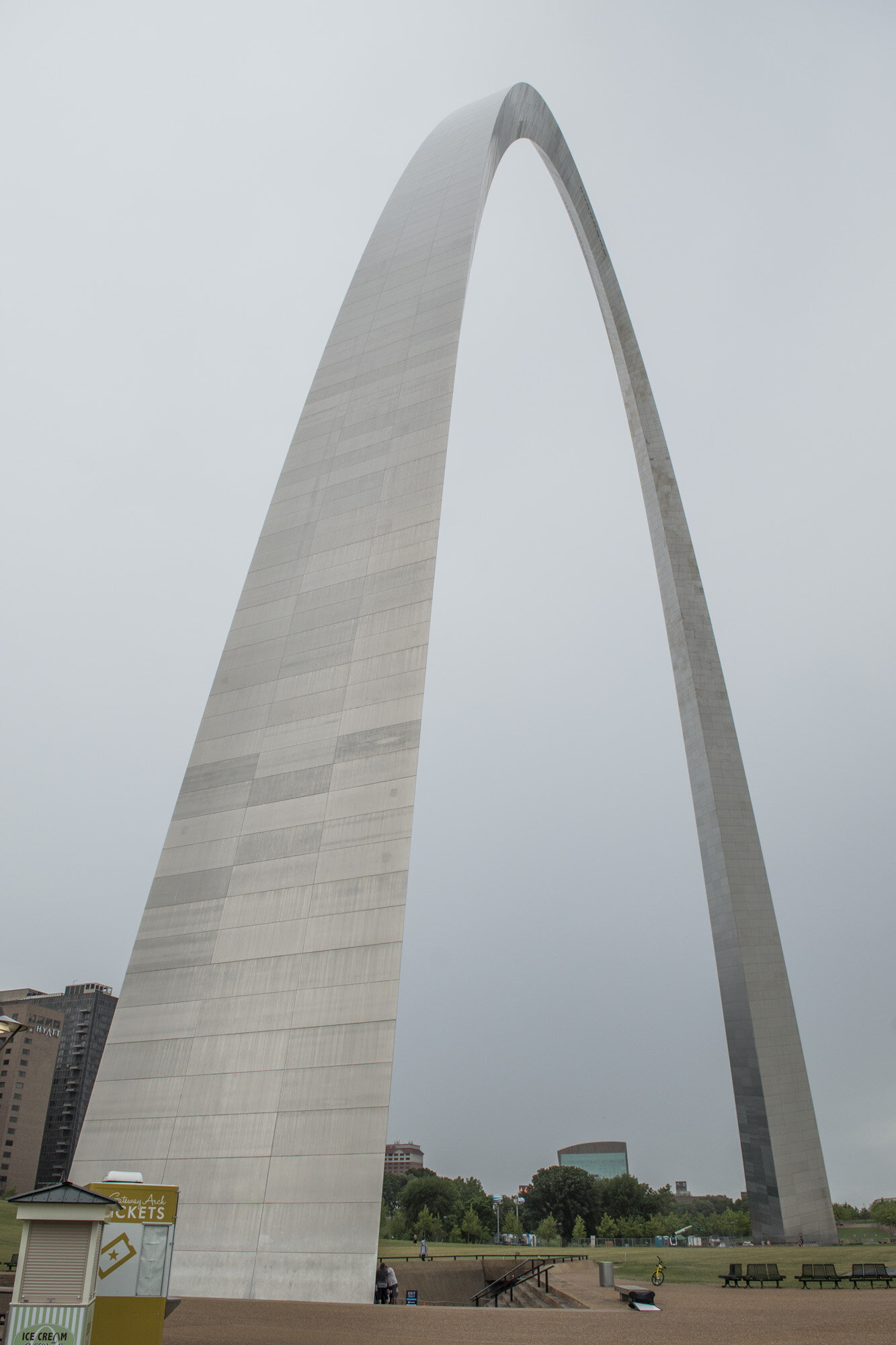
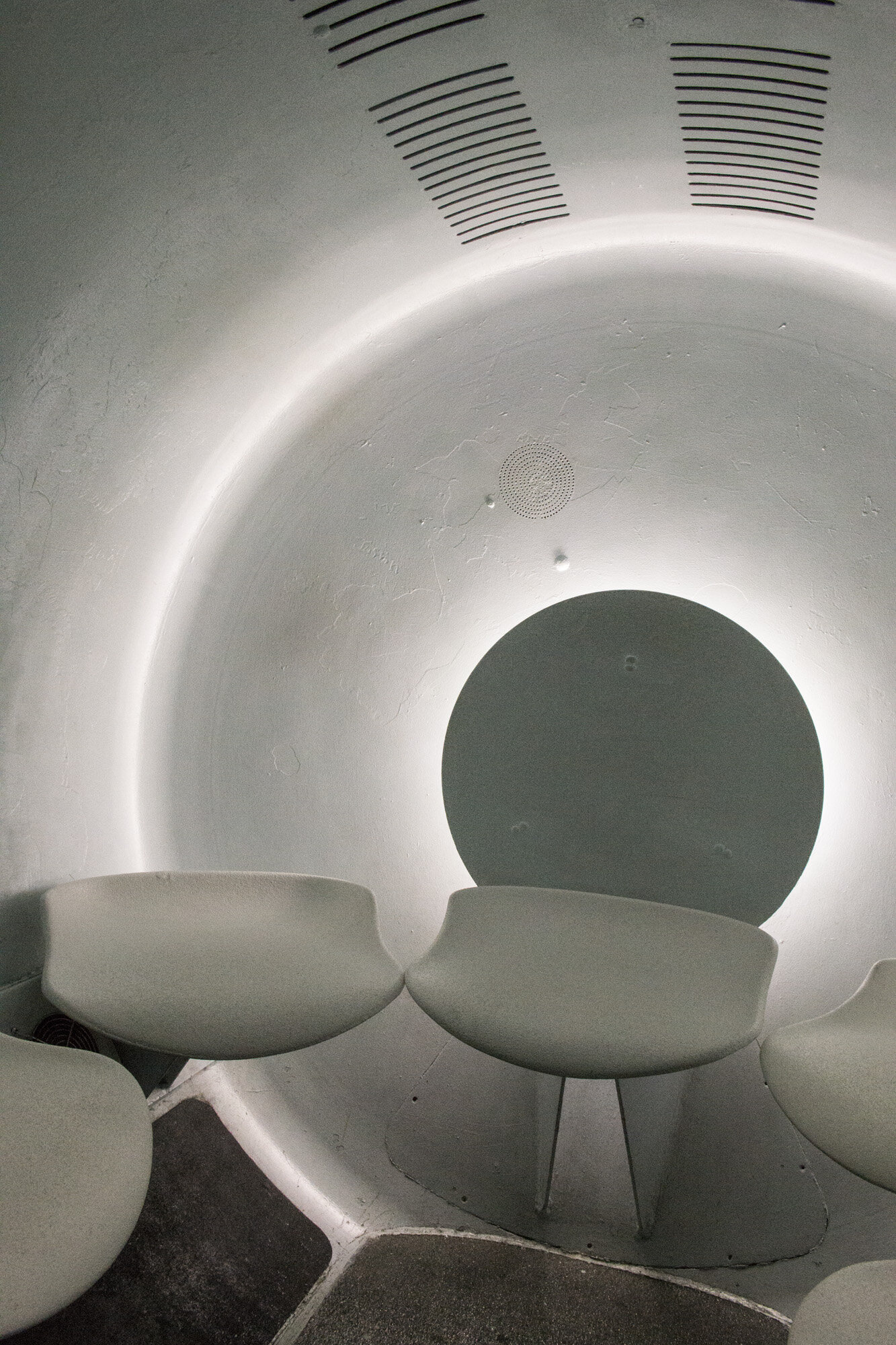

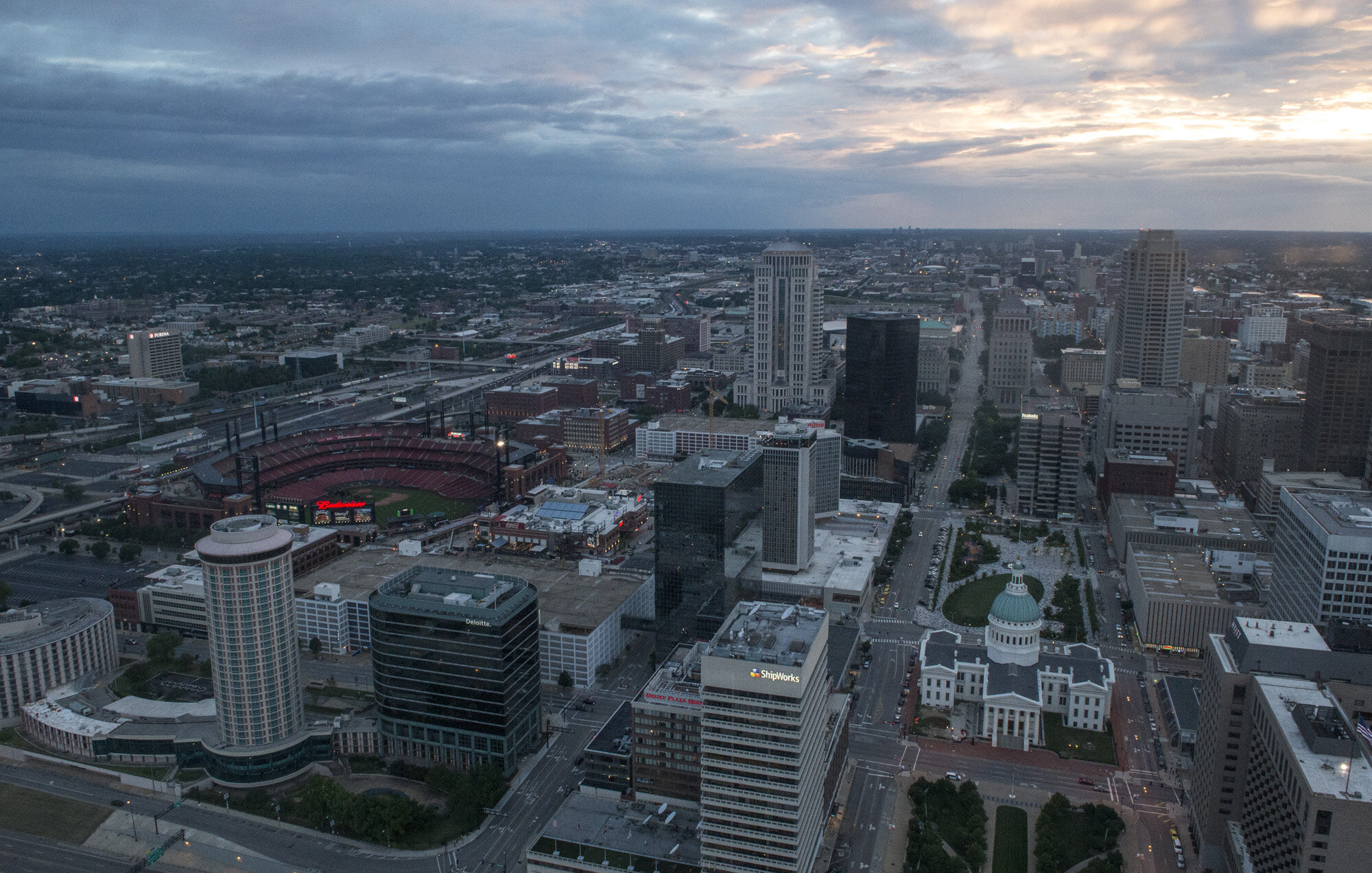




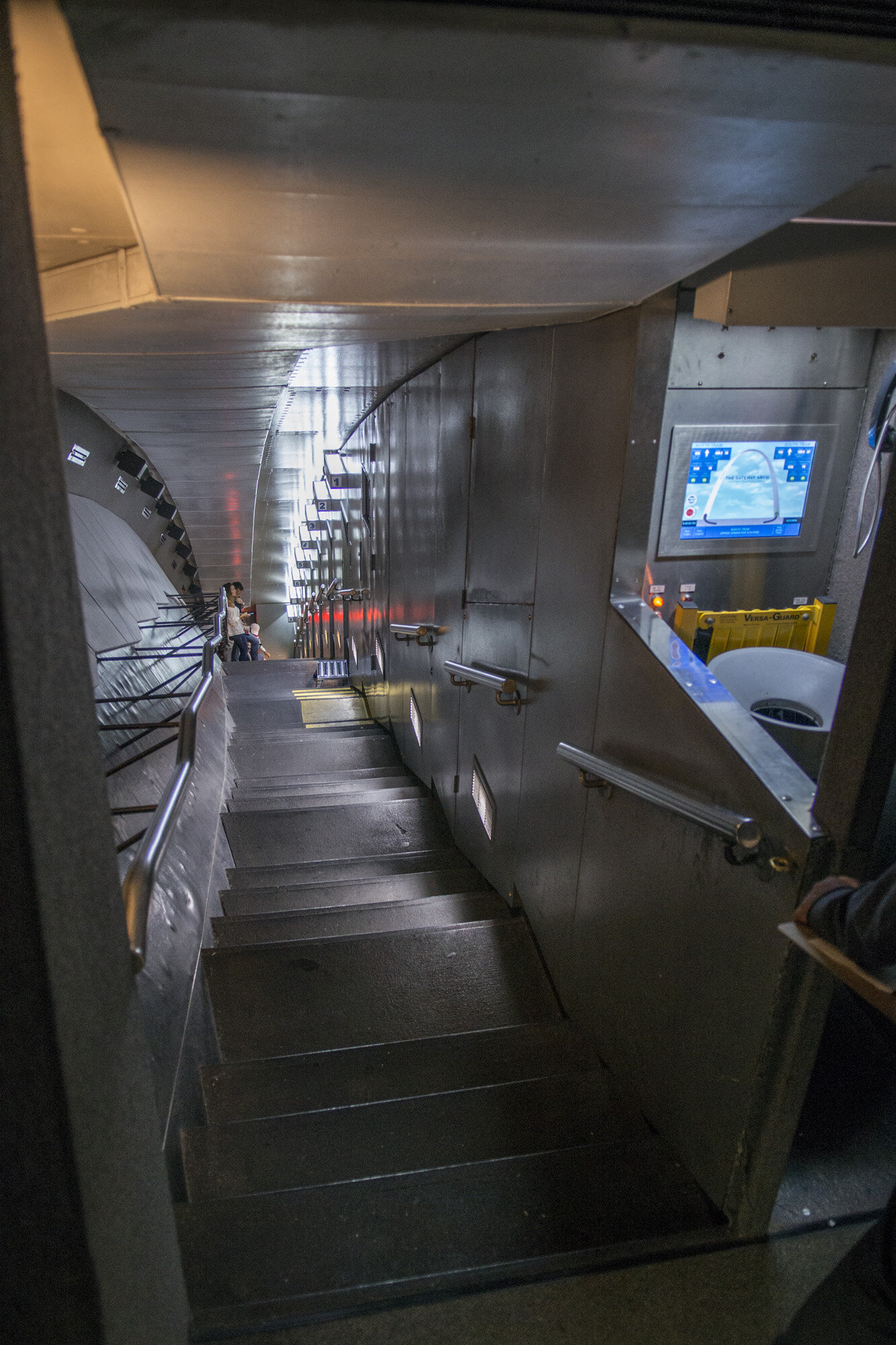

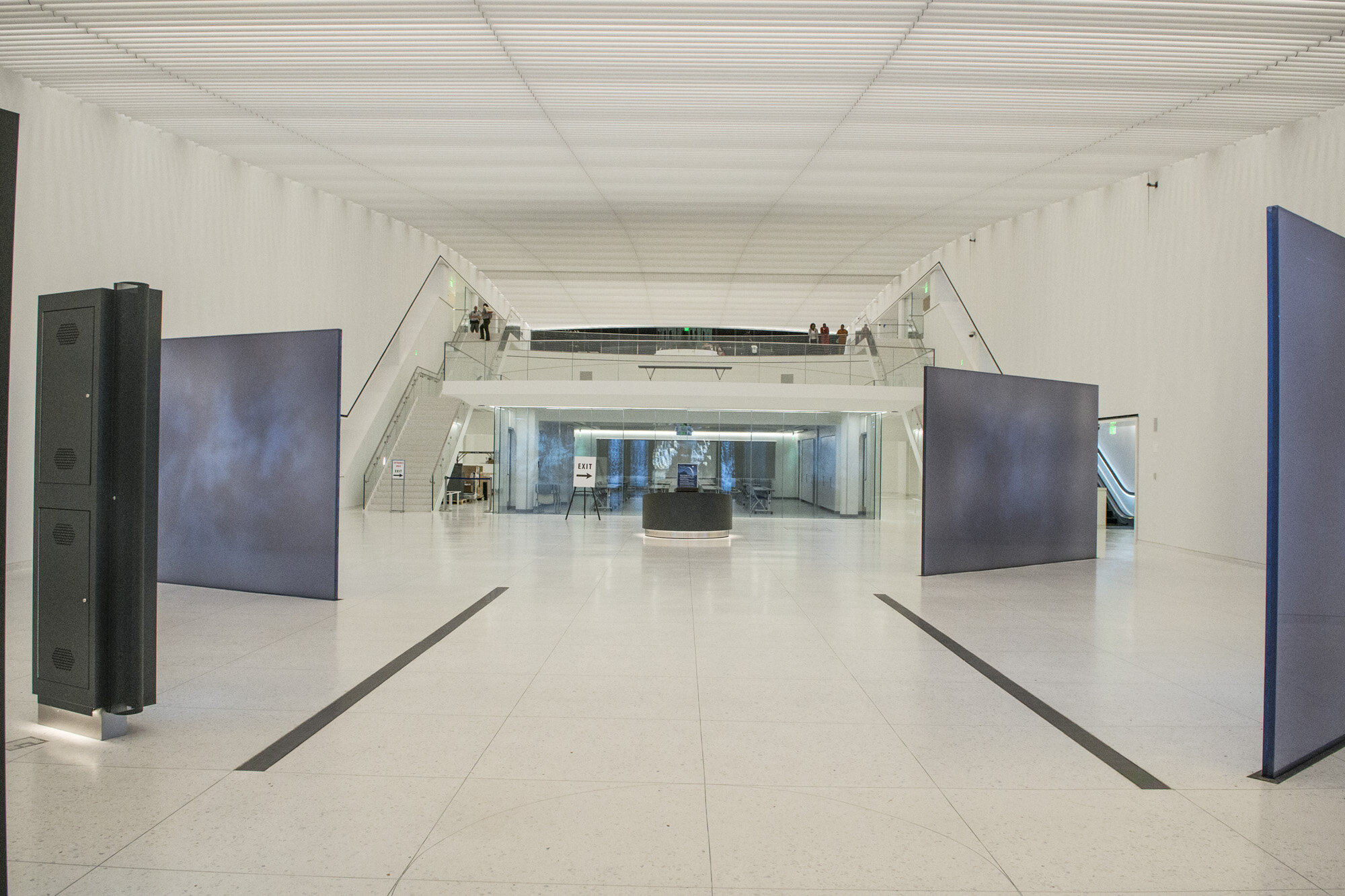
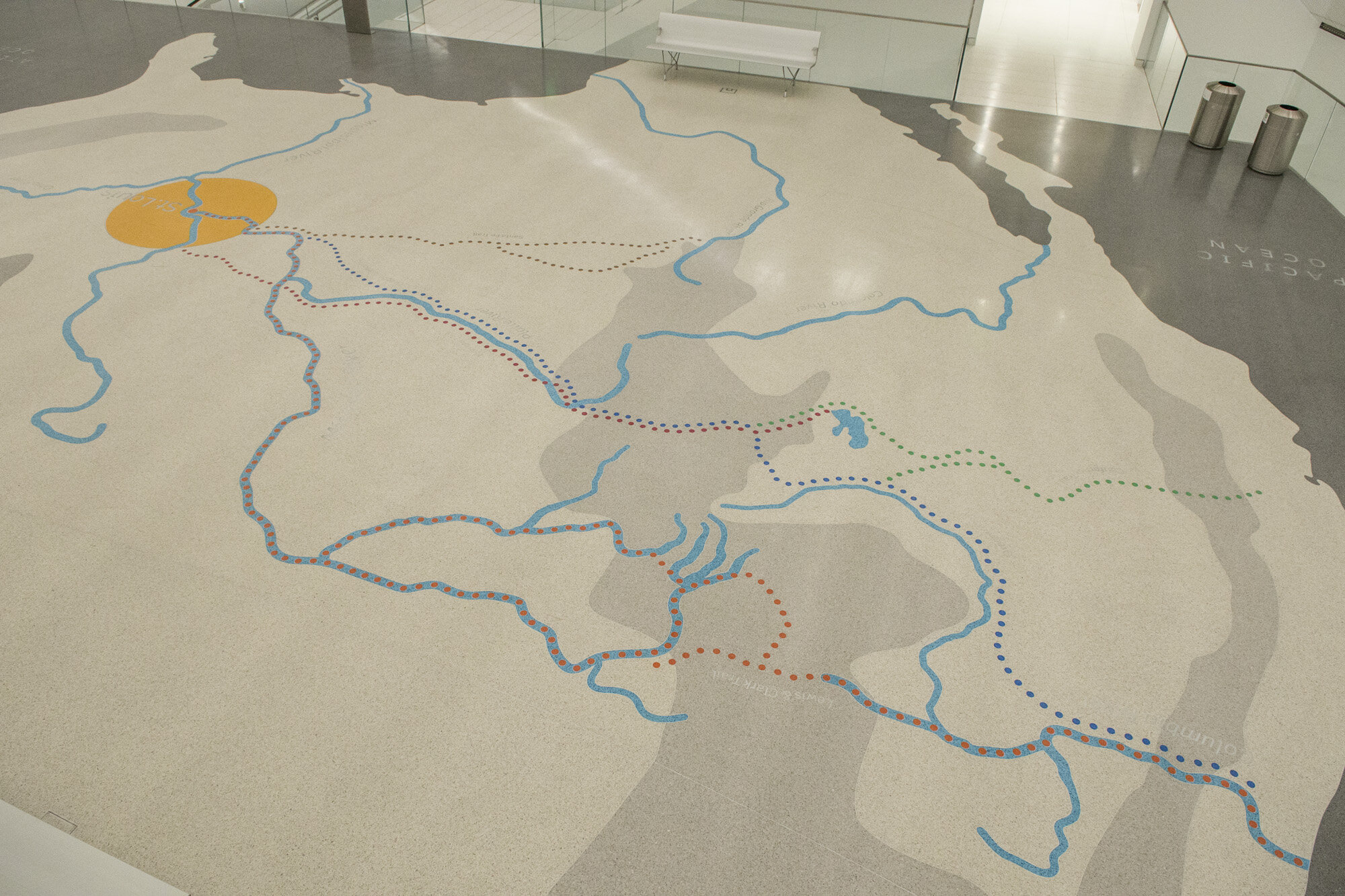

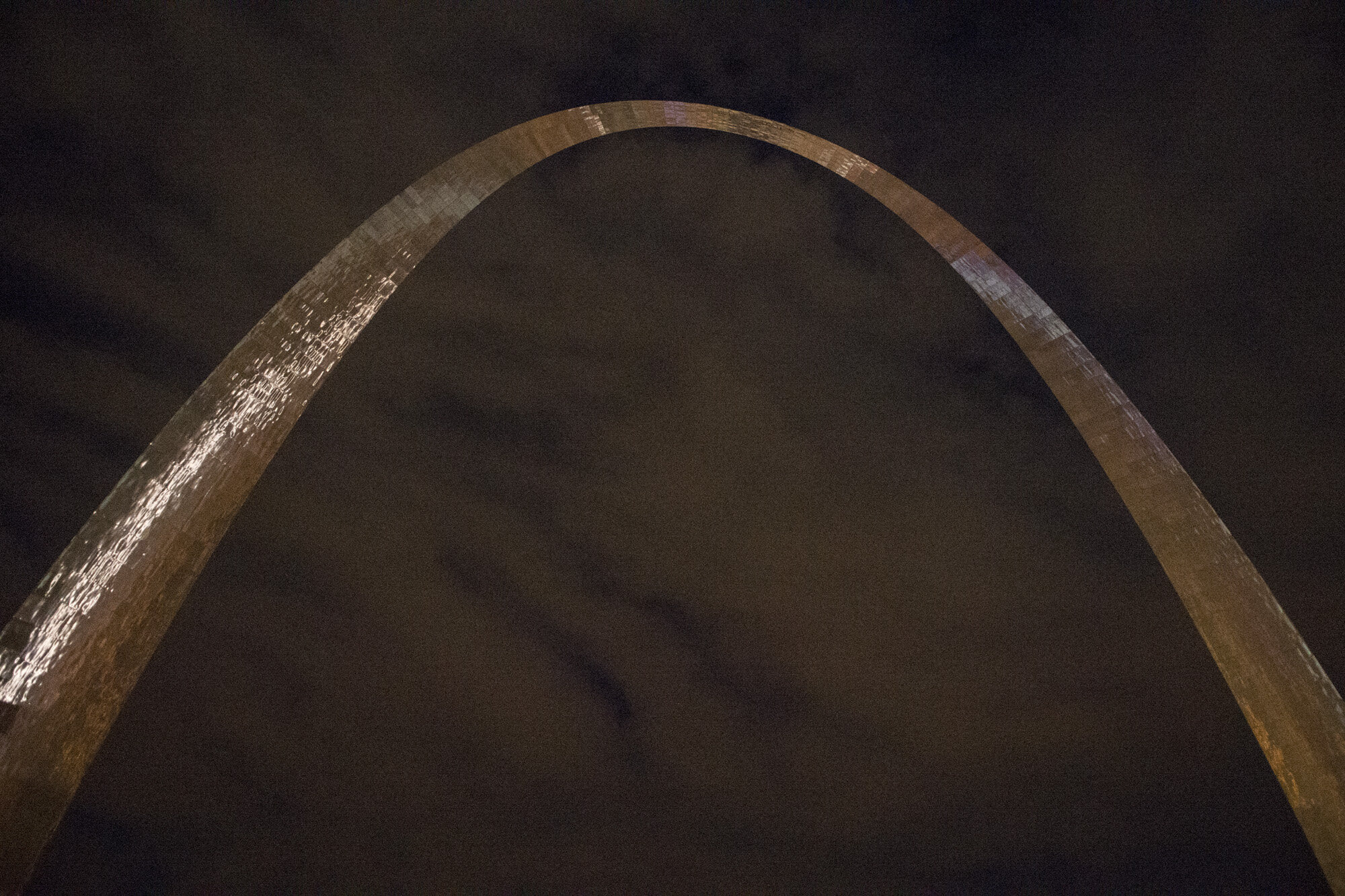

VIDEO OF THE PARK GROUNDS AND FROM THE OBSERVATION DECK
Other posts in this series:
Everglades National Park, Florida. Keeping My Feet On Not-So-Solid Ground.
Great Sand Dunes National Park, Colorado. An Alien Planet In The Middle Of America.
Dry Tortugas National Park, Florida. Best Birthday Ever.
Theodore Roosevelt National Park, North Dakota. Stuck In A Dangerous Situation.
Great Basin National Park, Nevada. An Unexpected Journey.
White Butte, Highpoint of North Dakota. Really? More Goats?
Mount Katahdin, Highpoint of Maine. If At First you Don't Succeed...
Hawkeye Point, Highpoint of Iowa. So... Much... Corn...
Granite Peak, Highpoint of Montana. I Have Seen The Top Of The Mountain, And It Is Good.
Mount Borah, Highpoint of Idaho. The Great American Eclipse Of 2017.
Tri-Point Of Iowa, Nebraska, And South Dakota. Hot. Damn Hot. Real Hot.
Sassafras Mountain, Highpoint of South Carolina. Please excuse our mess.
Ebright Azimuth, Highpoint of Delaware. Rock bands and space shuttles.
Charles Mound, Highpoint of Illinois. A farmland stroll.
Tri-point of NC, TN, and VA. My car meets its match.
Mount Rogers, Highpoint of Virginia. OH MY GOD!!! LOOK AT ALL THE FUZZY PONIES!!!
Guadalupe Peak, Highpoint of Texas. Birth of an obsession. And big freaking bugs.





